Make:able 2024 Winners
Over the past year, thousands of students and makers have been working hard on the 2024 Make:able Challenge - to design 3D printed assistive devices for people with disabilities. Today, we have the pleasure of introducing you to the winners!
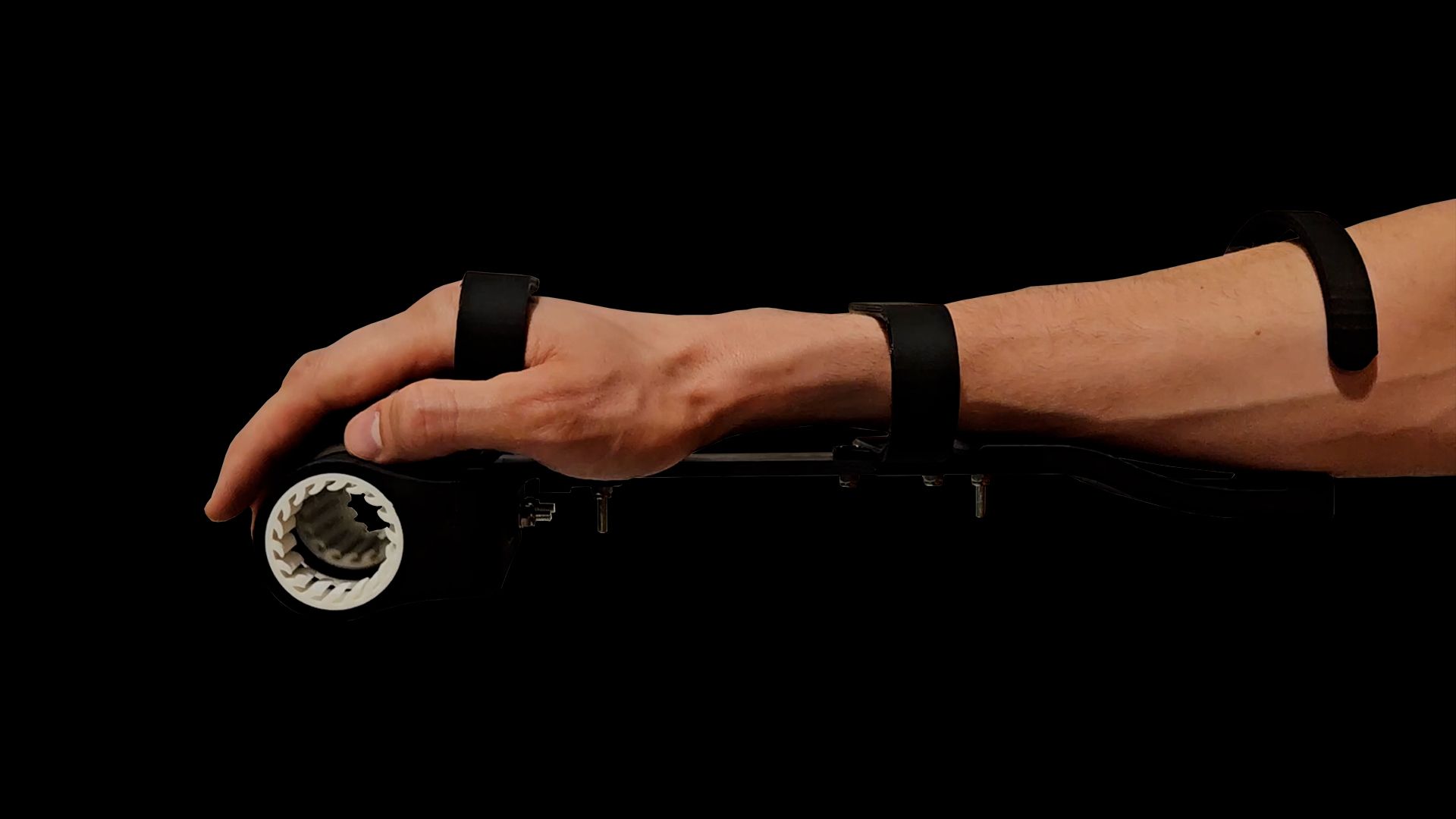
1st July 2024 • Make:able
As always, we’d like to begin by thanking the following organisations and people:
-
Autodesk for partnering with us on this amazing adventure, and for providing the global community with access to innovative design software.
-
All the Make:able partner organisations listed on the challenge homepage, each of whom add unique value and expertise to the challenge and toolkit.
-
Our sponsors for supporting the Make:able prize pool with 3D printers, 3D scanners, filament and more.
-
All Make:able participants for inspiring us with their technical and human-centred skillsets.
-
All end users for giving up their time to support participants.
-
All the educators and facilitators for providing young people with the opportunity to design meaningful solutions to real-world problems.
And now for this year’s results!
The expert panel of judges have spent the past few weeks reviewing the finalist submission videos on an online voting platform. Each judge was allocated a specific award category and casted votes for a 1st and 2nd place. Once all judges placed their votes, they were counted (2 points for 1st place, 1 point for 2nd place) to reveal the winners.
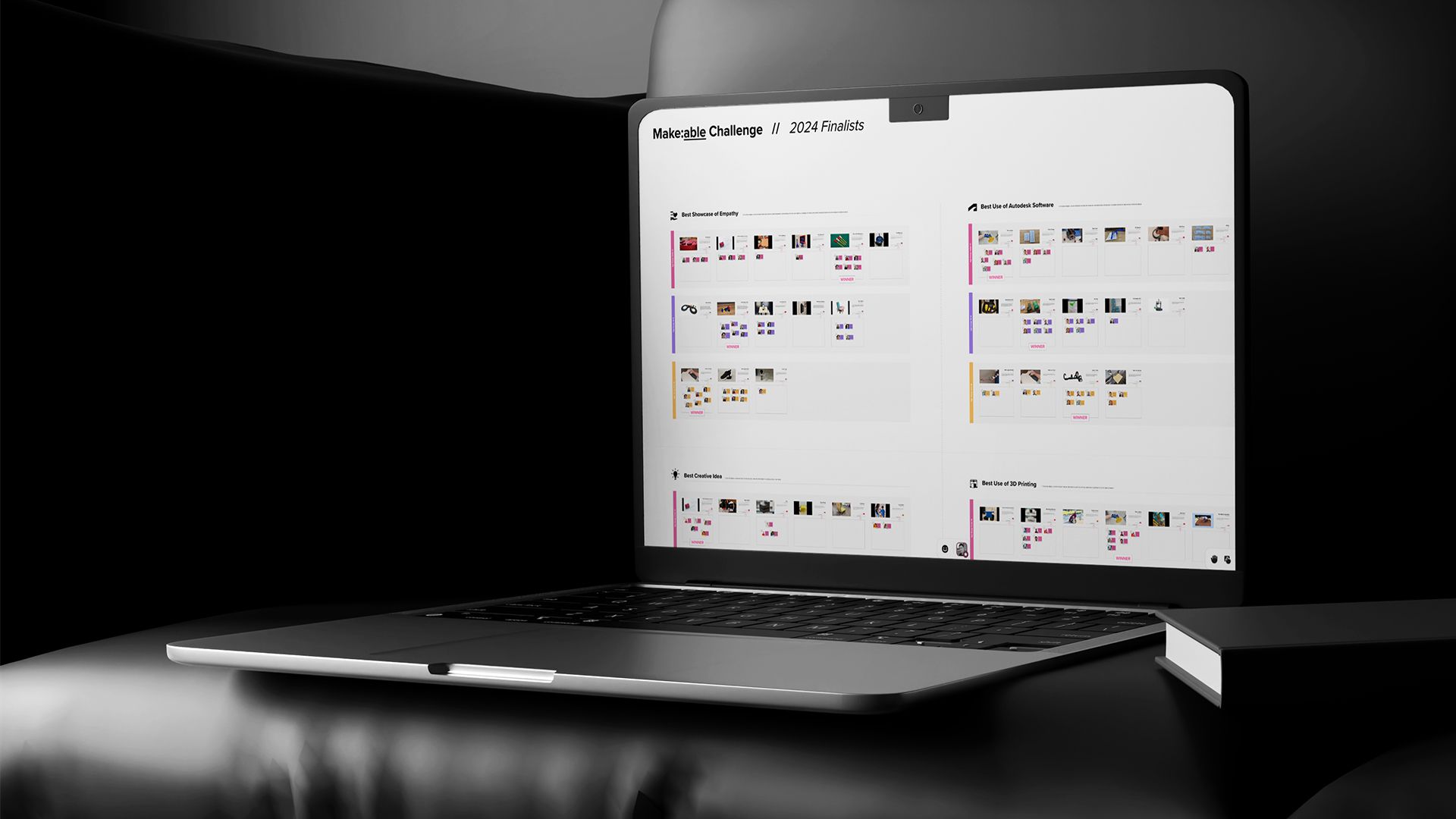
This year, we have several methods of viewing the finalists and winners.
- Click here to view the full judging platform, where you can access all the finalist video submissions and the votes/comments made by the judges.
- If you’re a little short on time, below is a quick showreel showing you snippets all of this year’s winners.
- Underneath the recap video, you can view the full submission videos of each winning entry directly on this page.
Best Showcase of Empathy (Under 14)
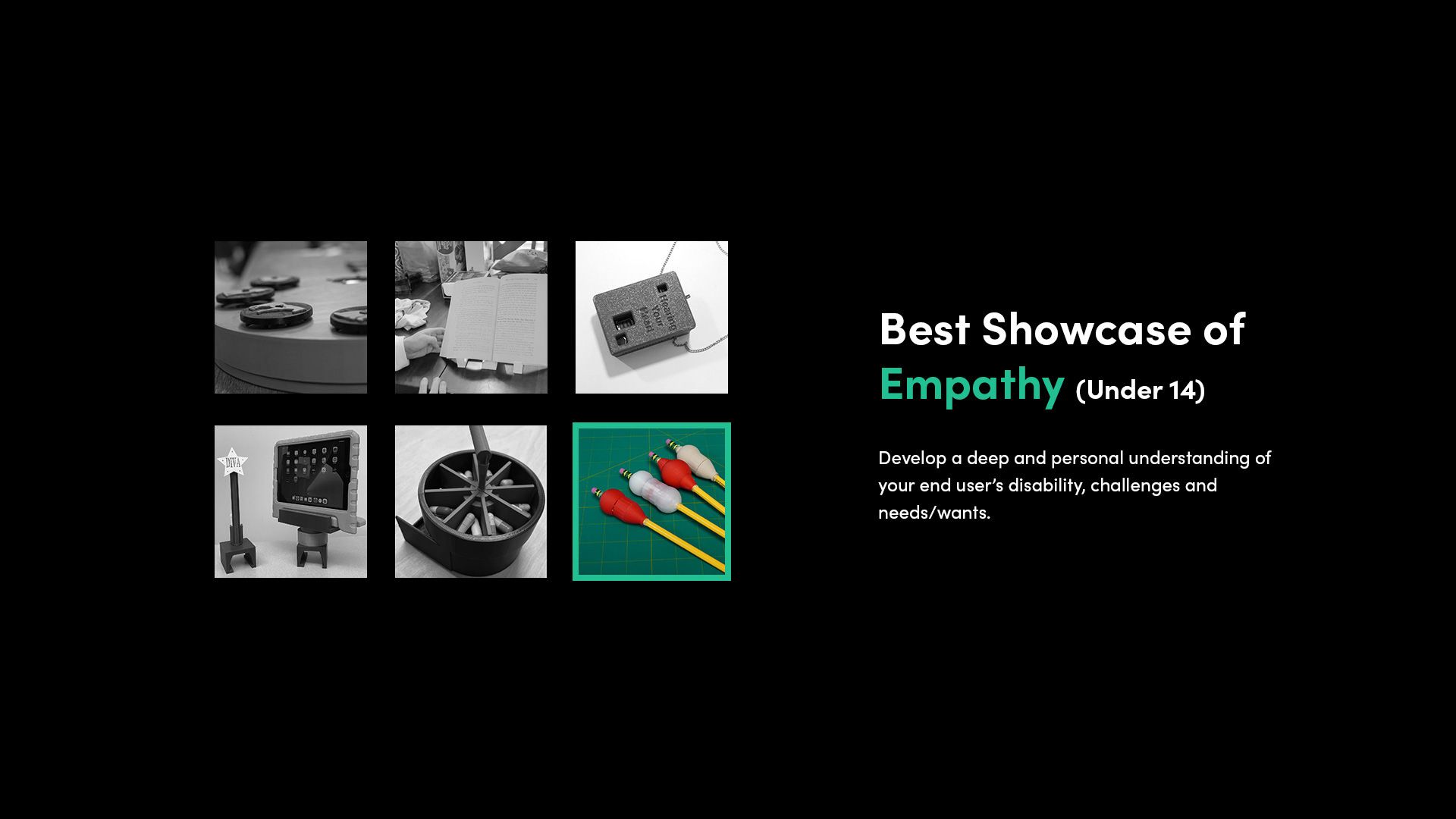
The winners of ‘Best Showcase of Empathy’ for the under 14 age group is Parson Hills Elementary from Springdale Public Schools (USA), who will receive a Creality3D CR-M4 3D printer (from MatterHackers). Marjorie and Alondra’s friend, Malachi, was diagnosed with a hand tremor and uses expensive store bought pencil weights to help his handwriting. Using Tinkercad and 3D printing, the team created inexpensive hollow pencil weights, which were then weighted with ball bearings to give Malachi exactly what he needs.
View Submission
Best Showcase of Empathy (14-18)
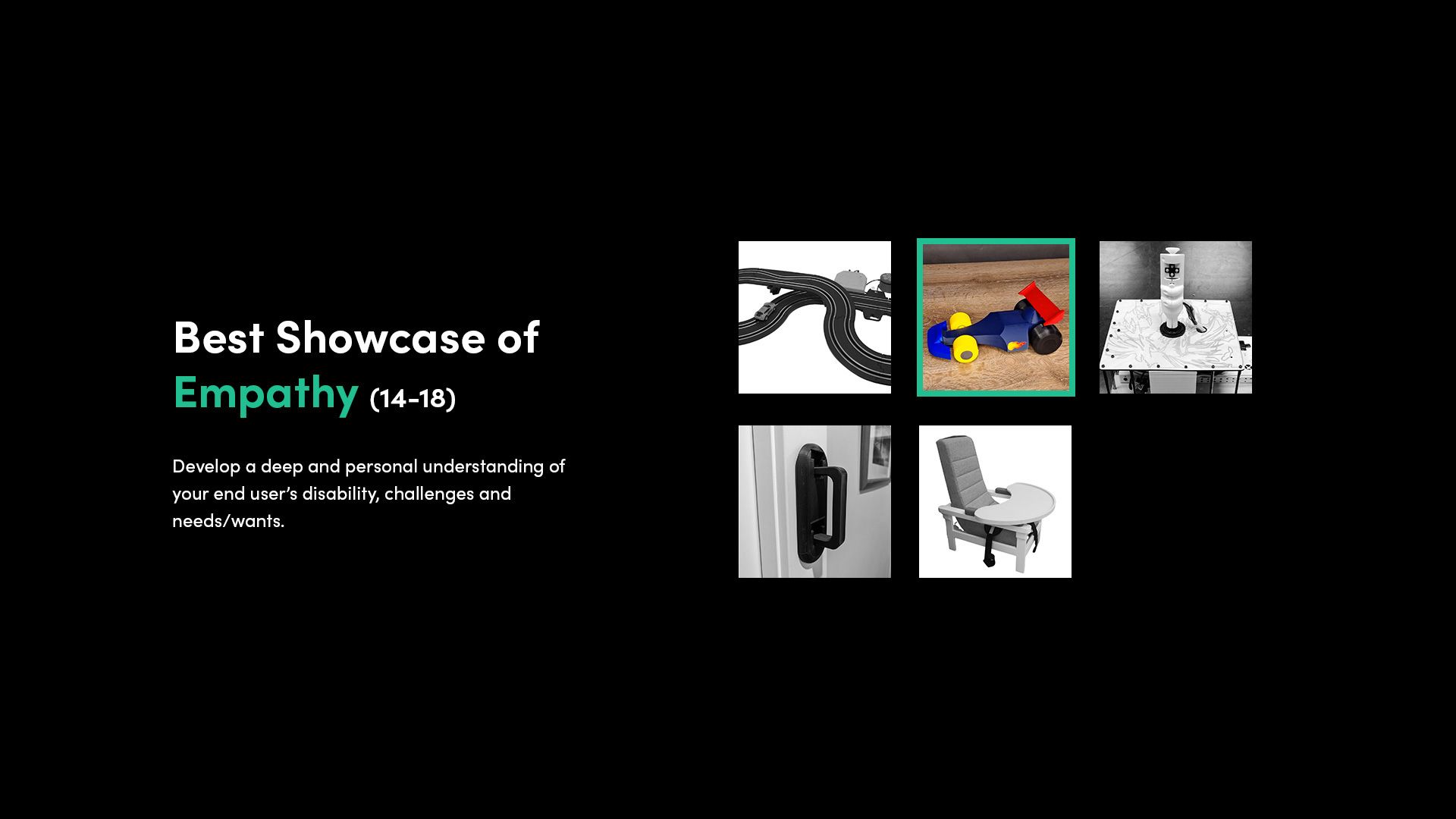
The winners of ‘Best Showcase of Empathy’ for the 14-18 age group is TechnoGeex MC2 from RoboGeex Academy (Lebanon), who will receive a Creality3D CR-M4 3D printer (from MatterHackers). Imad, Ghaith, Mossab, Jad and Hanin desigend a customized assembly kit for individuals with cerebral hypoxia – featuring color-coded, magnetically connected, 3D-printed pieces that can be formed into various shapes and models. This solution, designed to enhance fine motor skills, has shown high potential for educational and recreational use, tailored to accommodate the user’s abilities.
View Submission
Best Showcase of Empathy (Over 18)
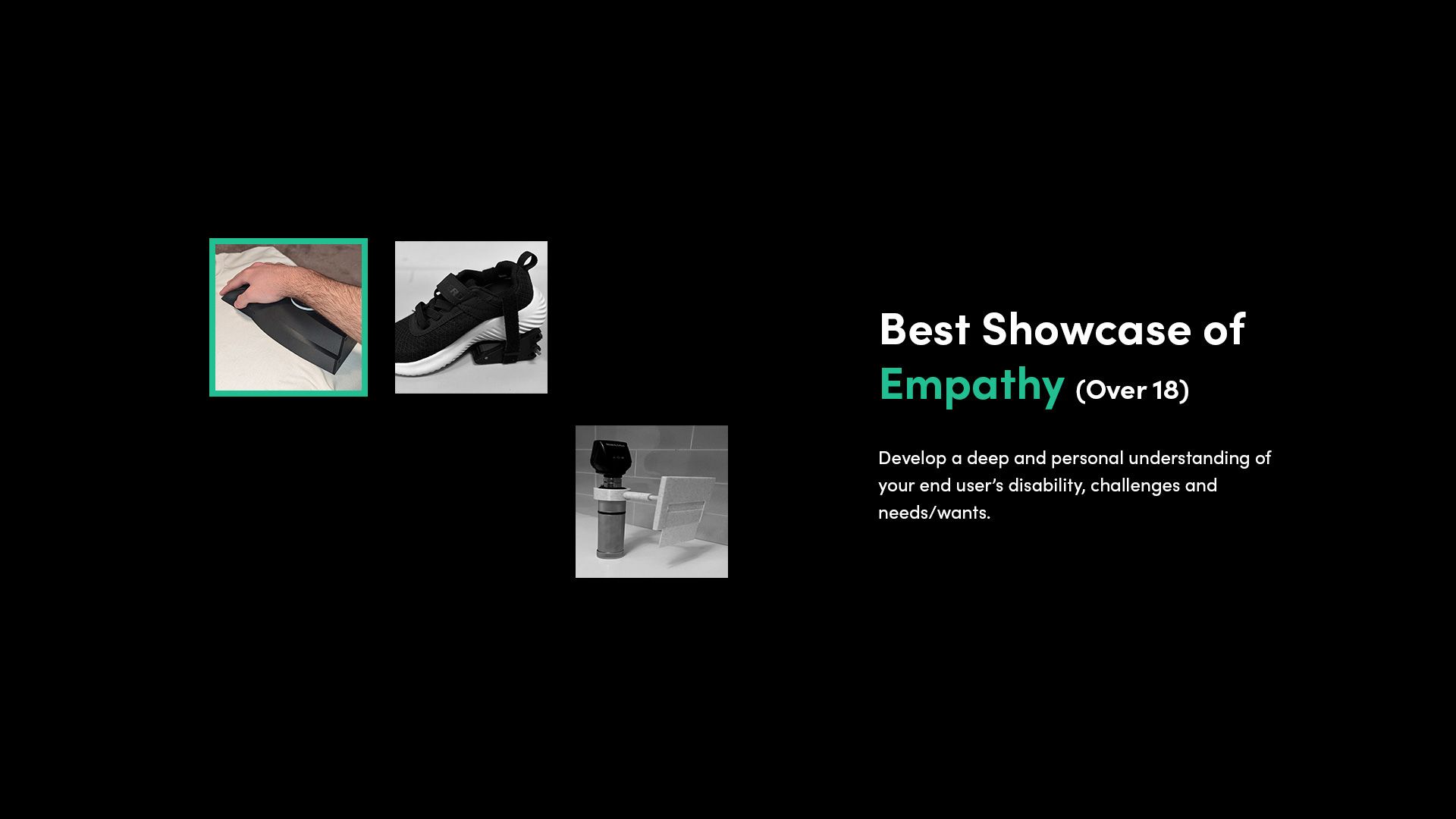
The winners of ‘Best Showcase of Empathy’ for the over 18 age group is Blind Iron Team from Oakland City University (USA), who will receive a $500 Gift Card (from Autodesk). The Blind Iron is a repurposed clothing iron made for the visually impaired. It features a redesigned grip, safety guards, braille-dot dial, and auditory feedback.
View Submission
Best Creative Idea (Under 14)
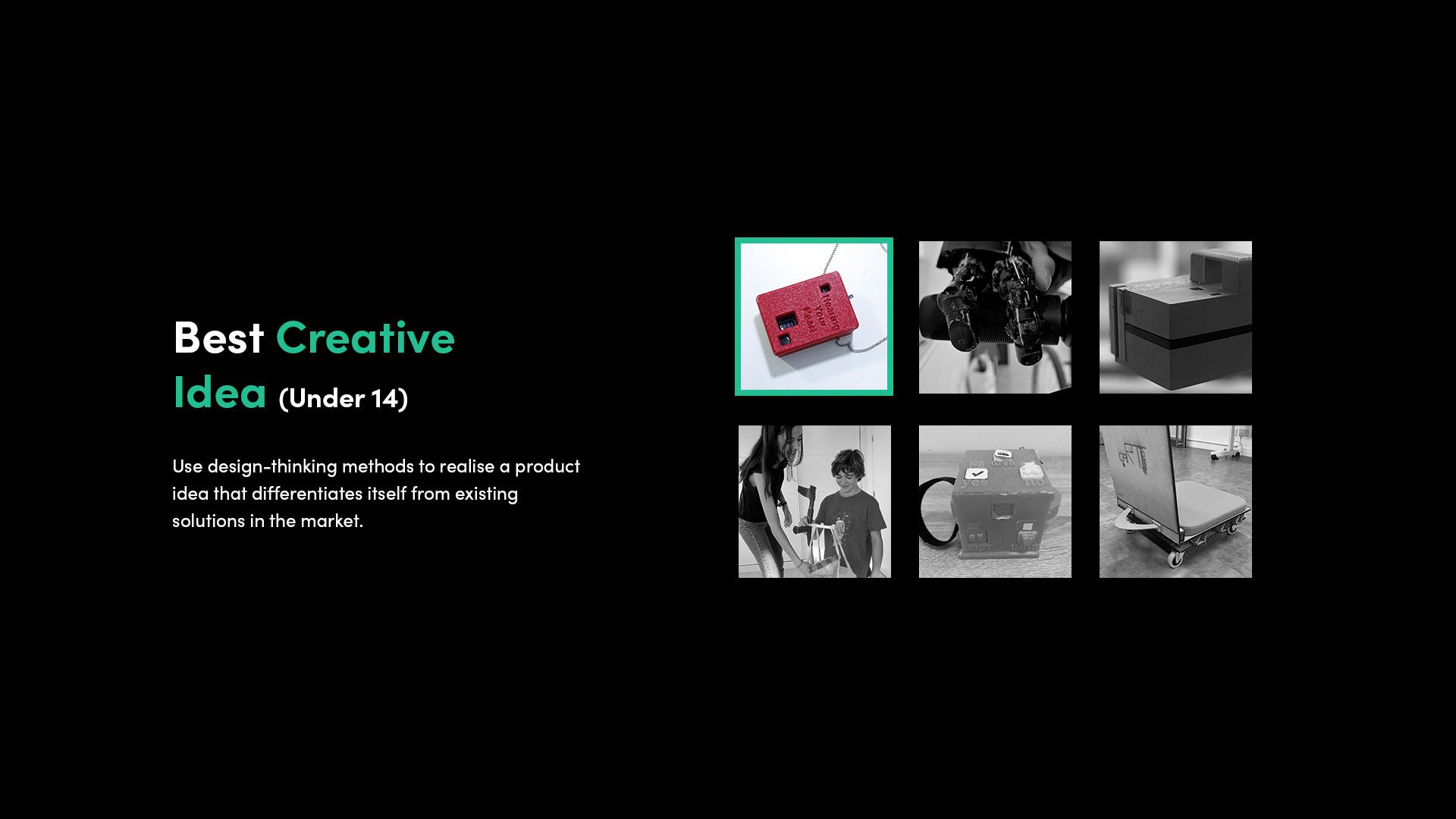
The winners of ‘Best Creative Idea’ for the under 14 age group is ATIC from RoboGeex Academy (Lebanon), who will receive a MH Build “The Works!” Filament Bundle Pack (from MatterHackers). The “Necklace of Hope” is an innovation that supports communication between deaf mothers and their children under the age of three. The necklace produces voice phrases by replicating the tone of the mother’s voice, in addition to detecting loud sounds, including the crying of the child.
View Submission
Best Creative Idea (14-18)
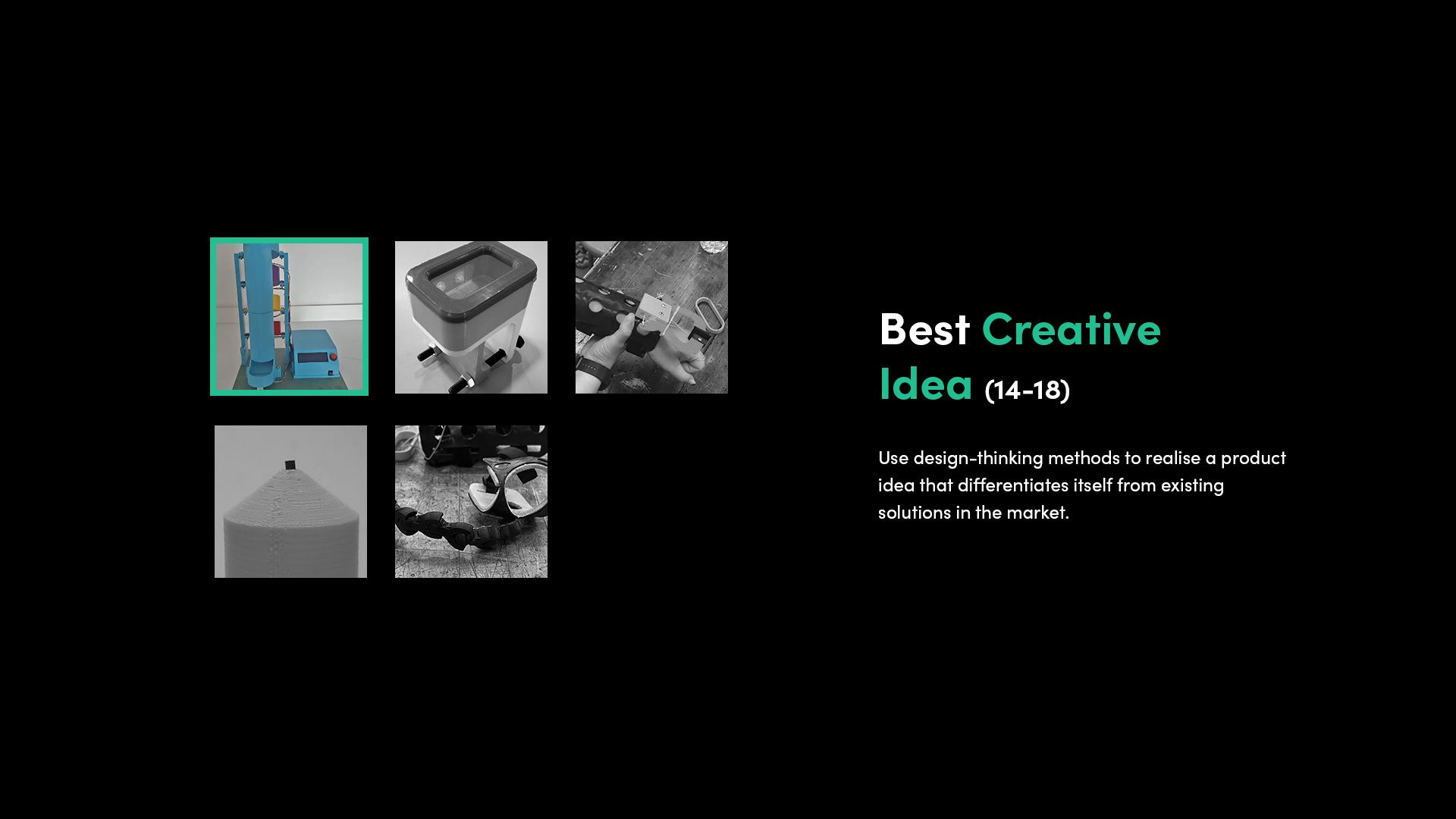
The winners of ‘Best Creative Idea’ for the 14-18 age group is TechnoGeex MC1 from RoboGeex Academy (Lebanon), who will receive a MH Build “The Works!” Filament Bundle Pack (from MatterHackers). Ahmad, Nabil, Osama and Maysoon designed a pill dispenser for the elderly to help them take their medication on time. Users can set the device to dispense pills at specific times, and it will remind them with an alarm.
View Submission
Best Creative Idea (Over 18)
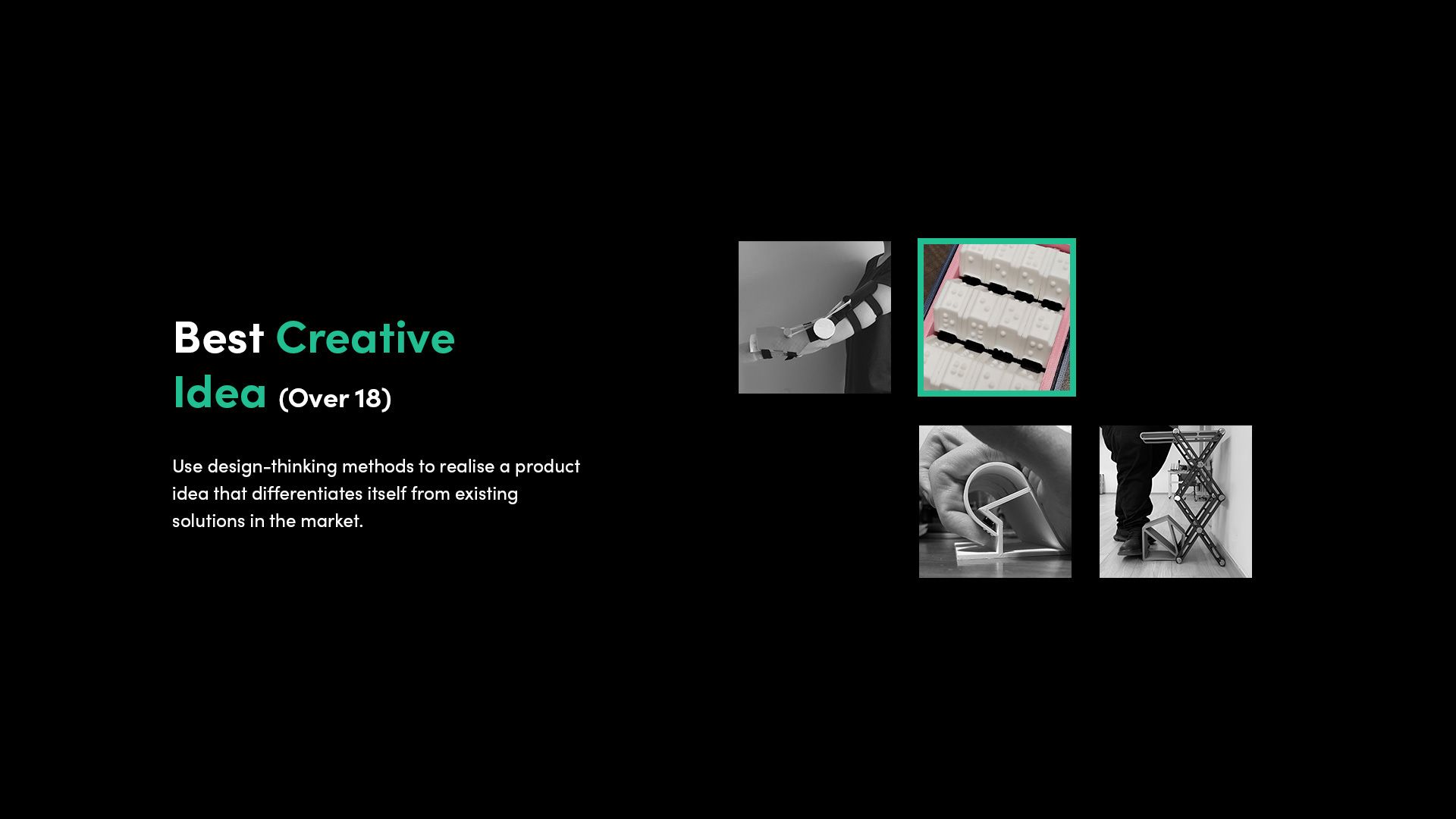
The winners of ‘Best Creative Idea’ for the over 18 age group is Bullis Bulldog Bogglers from Bullis School (USA), who will receive a $500 Gift Card (from Autodesk). Luke, Grace and Sam designed a fully 3D printable braille version of the game Boggle. The device works by spinning the braille tiles, which are then locked in place by the lid and ready for gameplay.
View Submission
Best Use of Autodesk Software (Under 14)
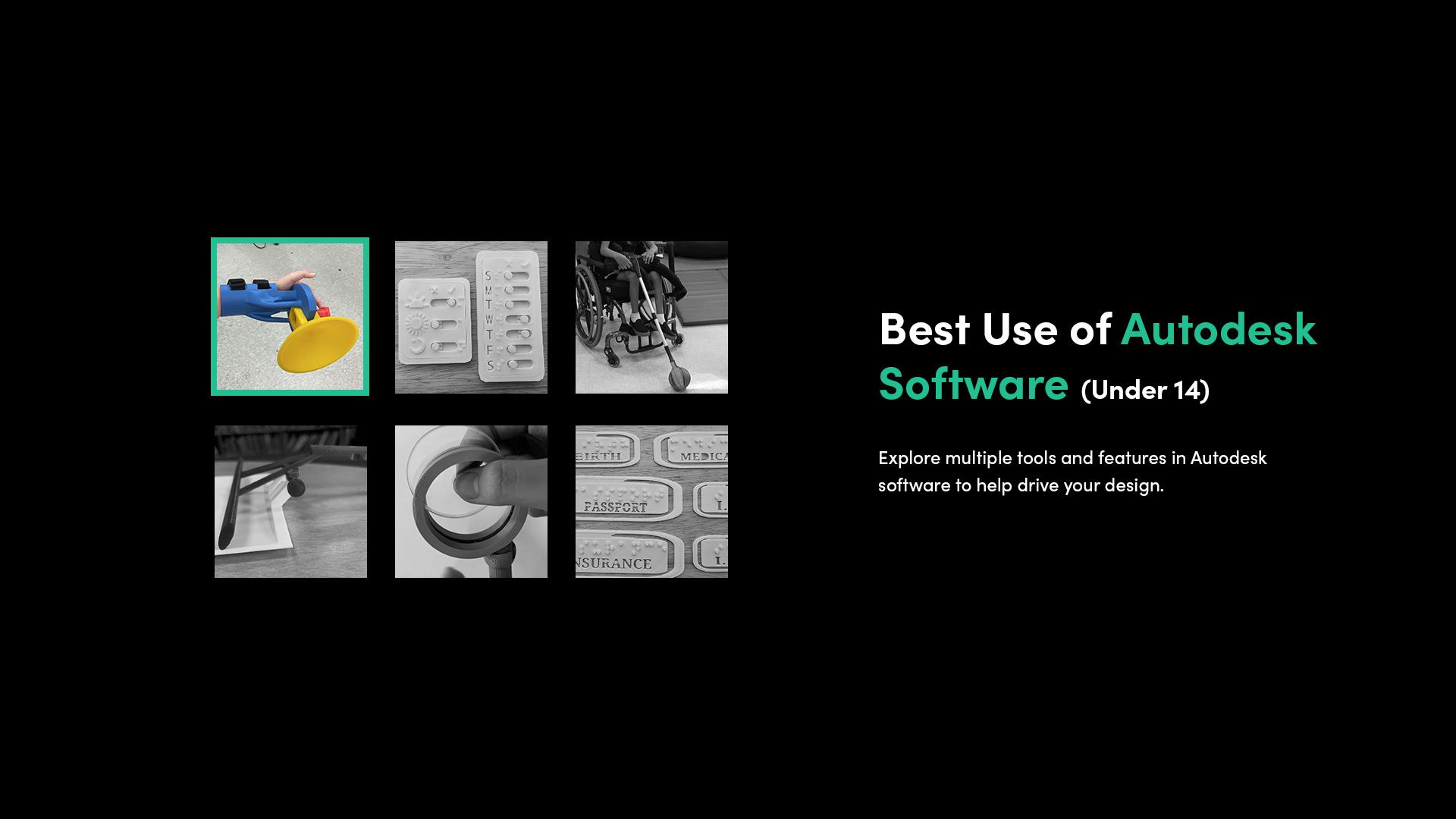
The winners of ‘Best Use of Autodesk Software’ for the under 14 age group is Team Joshua from Union University Outreach (USA), who will receive an Ultimaker 2 Go 3D Printer. Harper, Joseph and Seth designed a customizable arm attachment for Joshua to help him catch a ball, use a broom, and better hold objects such as plates. The team made use of Autodesk’s generative design features to optimize the support structures of the device.
View Submission
Best Use of Autodesk Software (14-18)
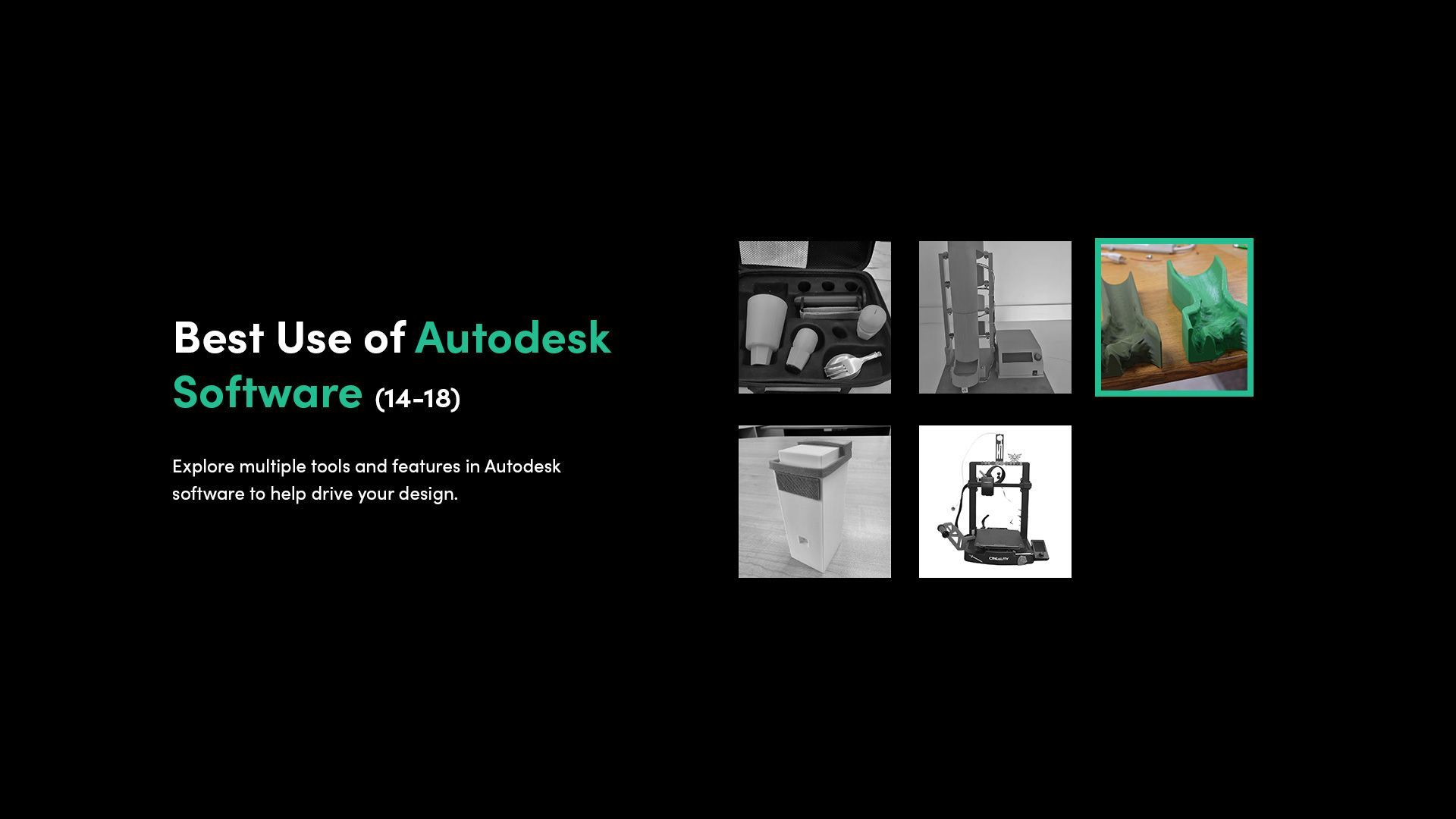
The winners of ‘Best Use of Autodesk Software’ for the 14-18 age group is Team Kristen from Union University Outreach (USA), who will receive an Ultimaker 2 Go 3D Printer. Christian, Greyson and Jake created a mold to help Kristen brace her hand in an open position as part of her exercises to regain mobility. The team used 3D scanning, Fusion 360 modeling, and flexible filaments to ensure a perfect fit for Kristen.
View Submission
Best Use of Autodesk Software (Over 18)
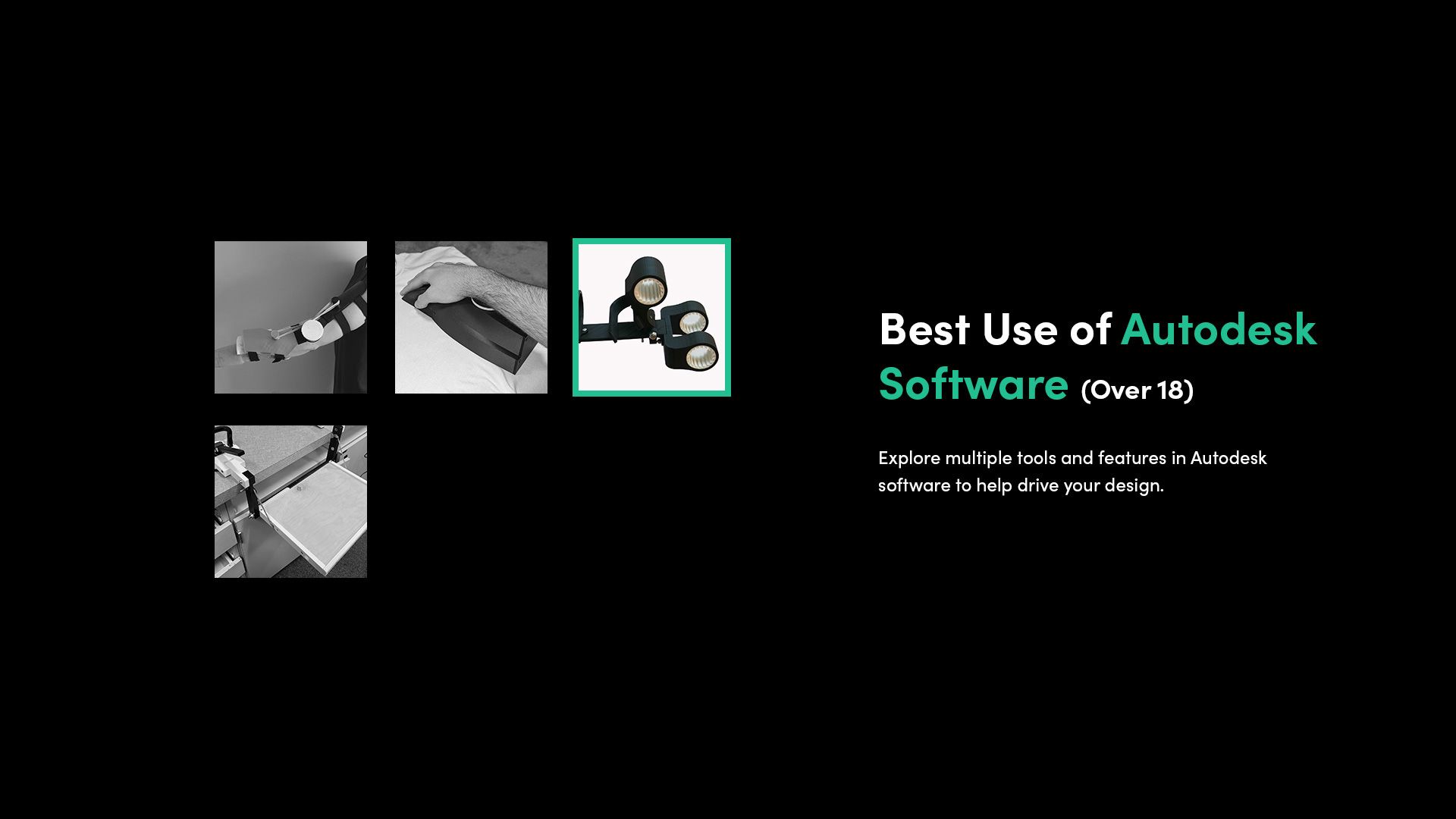
The winners of ‘Best Use of Autodesk Software’ for the over 18 age group is Adam’s Team from Wroclaw University of Science and Technology (Poland), who will receive a $500 gift card (from Autodesk). Maja, Gosia, Robert, Krzesimir and Piotr designed an adjustable gripper for Adam, who faces the challenges of tetraplegia. At the heart of their design lies a mechanism ingeniously driven by wrist movement, offering him newfound independence.
View Submission
Best Showcase of Customisation (Under 14)
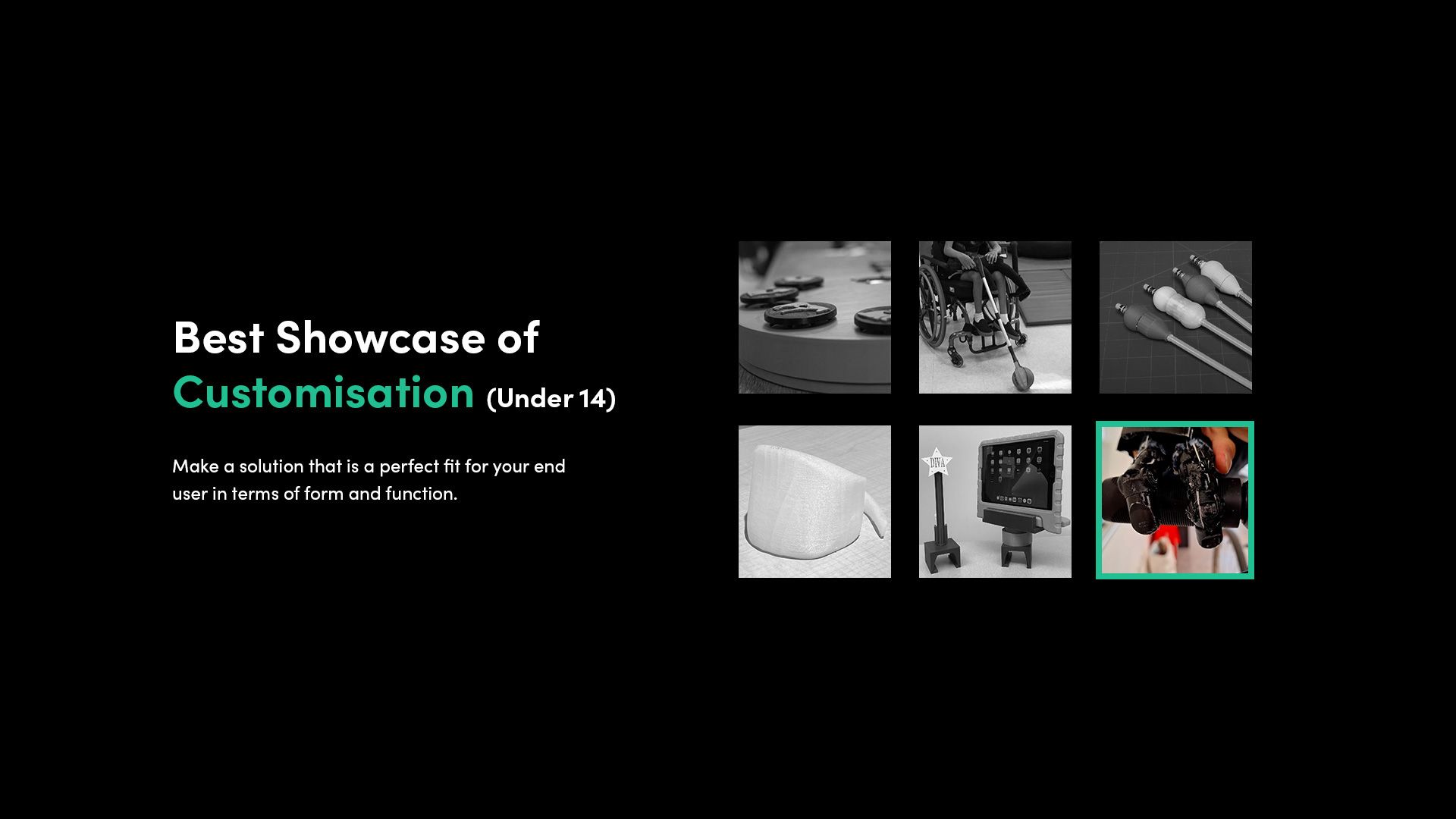
The winners of ‘Best Showcase of Customisation’ for the under 14 age group is Need a Hand from Malvern College (Hong Kong), who will receive an EinScan-SE 3D Scanner. Zoe, Alison, Ashley and Cayley created finger prosthetics for an elderly man who lost multiple fingers in a workplace accident. By using 3D scanning as part of their process, the team could customize the fingers to be a perfect fit for their end user.
View Submission
Best Showcase of Customisation (14-18)
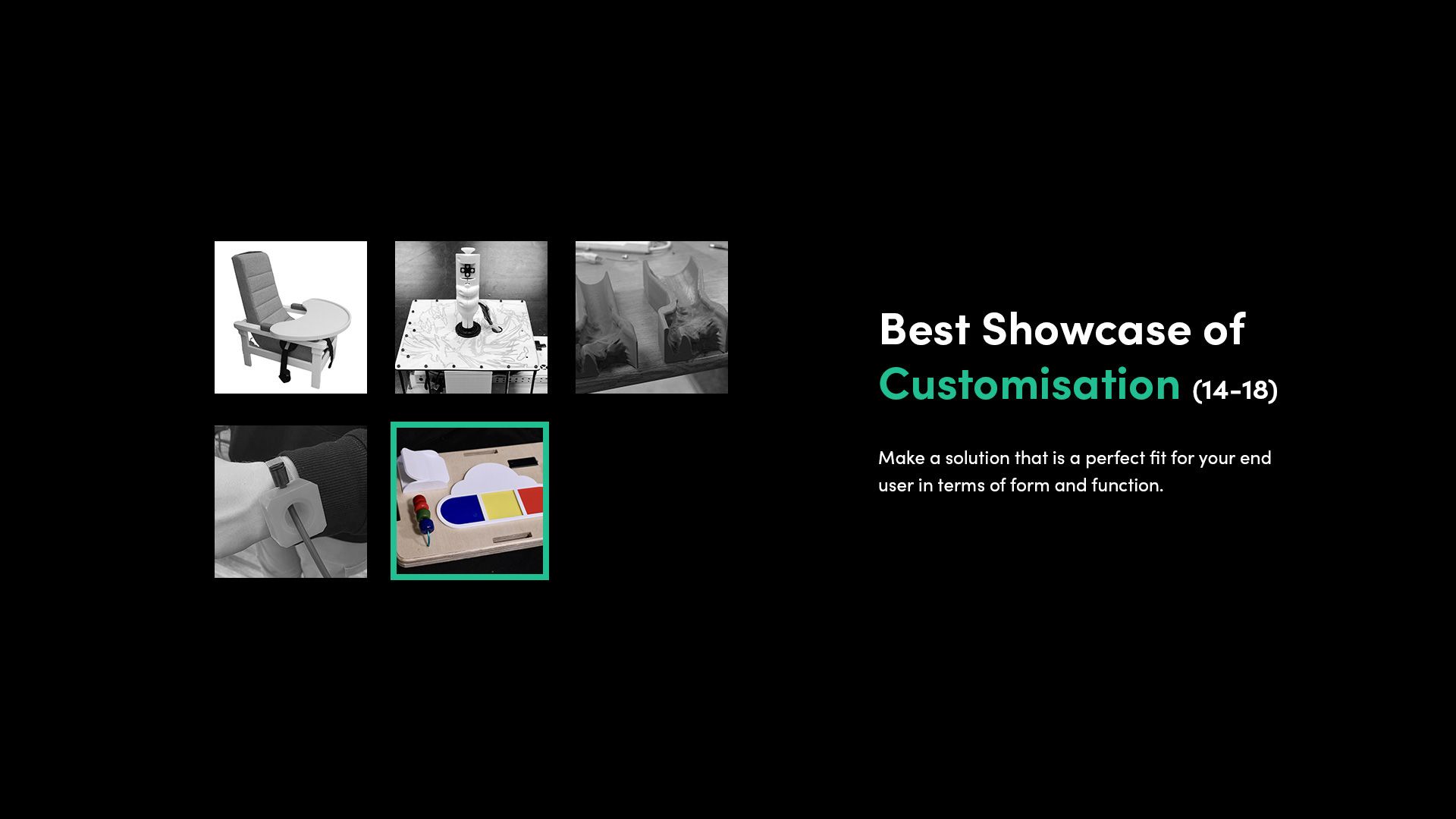
The winners of ‘Best Showcase of Customisation’ for the 14-18 age group is Team Jellybean from Greencastle-Antrim School District (USA), who will receive an EinScan-SE 3D Scanner. Team Jellybean’s end user is Evan, a thirteen-year-old who is largely blind and constricted to a wheelchair with limited movement. As a result, they designed a fidget board for Evan to help build his sensory skills, and serve as a device for entertainment.
View Submission
Best Showcase of Customisation (Over 18)
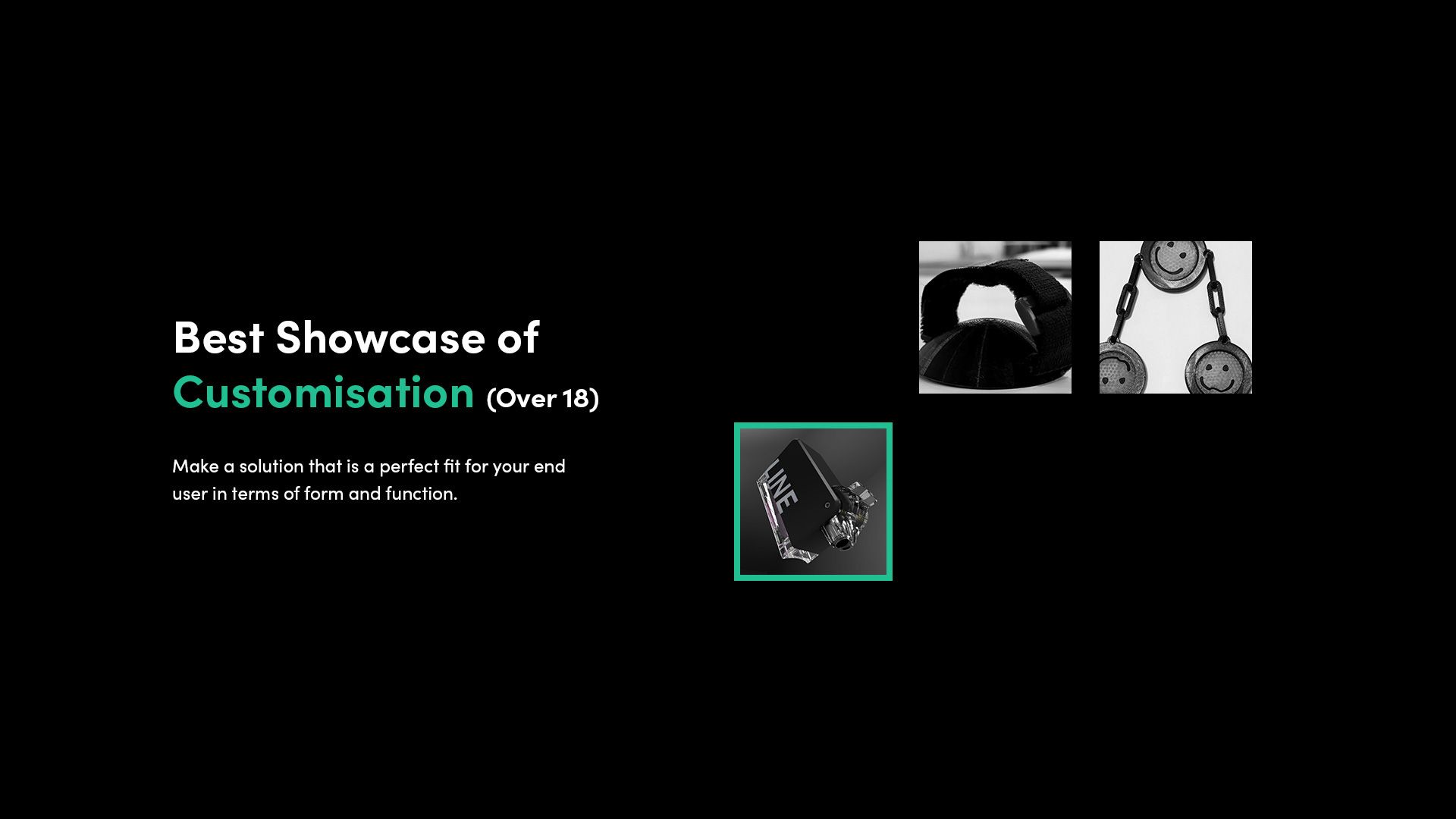
The winners of ‘Best Showcase of Customisation’ for the over 18 age group is Phi Alpha Tao from Diamond Bar High School (USA), who will receive a $500 gift card (from Autodesk). LINE is a line projection device that assists people with freezing of gait, which is a walking condition that prevents people like Phi Alpha Tao’s client, Raymond Villanueva, from walking efficiently.
View Submission
Best Use of 3D Printing (Under 14)
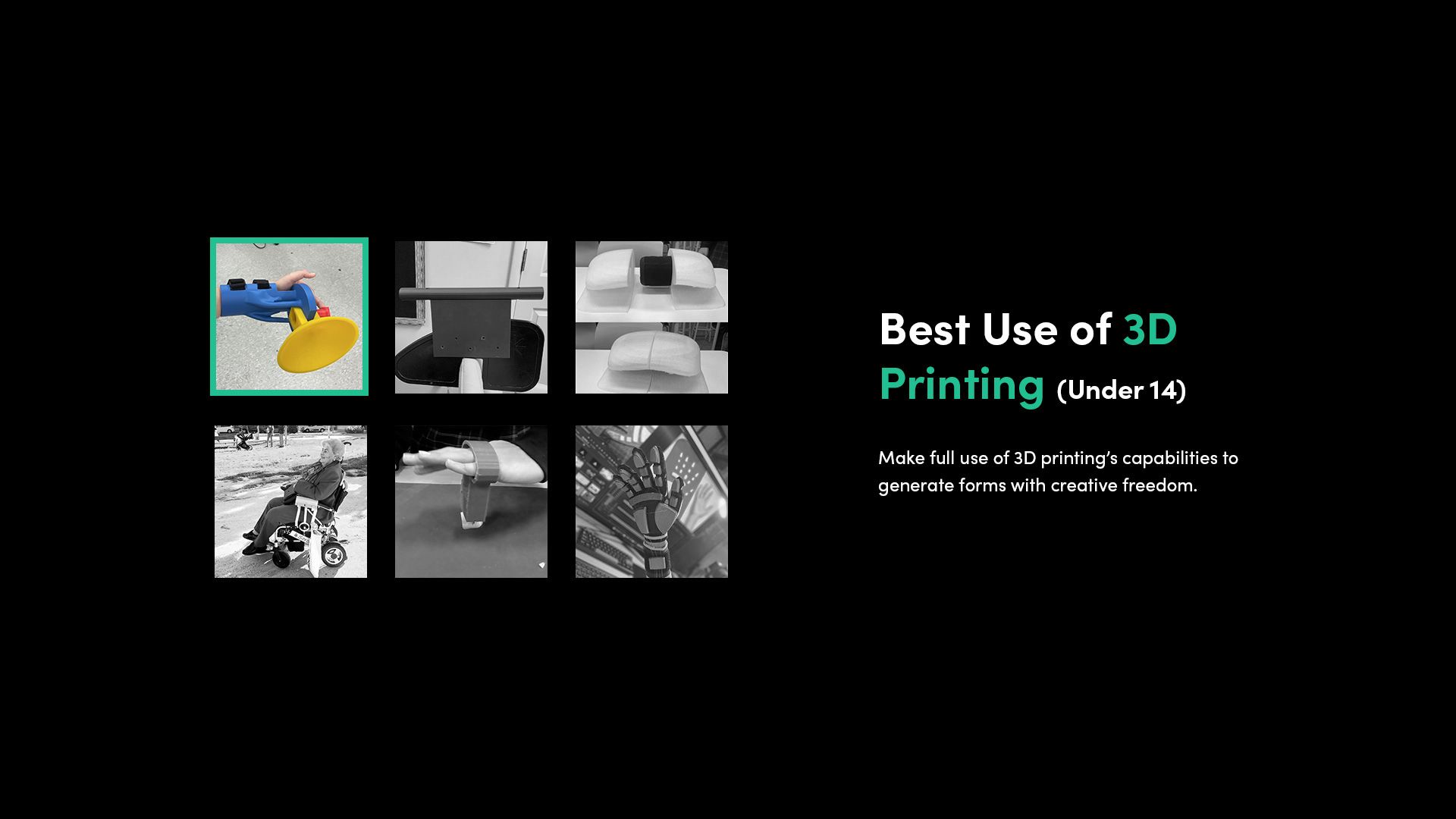
The winners of ‘Best Use of 3D Printing’ for the under 14 age group is Team Joshua from Union University Outreach (USA), who will receive an Original Prusa MINI+ Semi-assembled 3D Printer (from Prusa Research). Harper, Joseph and Seth designed a customizable arm attachment for Joshua to help him catch a ball, use a broom, and better hold objects such as plates. The team made use of Autodesk’s generative design features to optimize the support structures of the device.
View Submission
Best Use of 3D Printing (14-18)
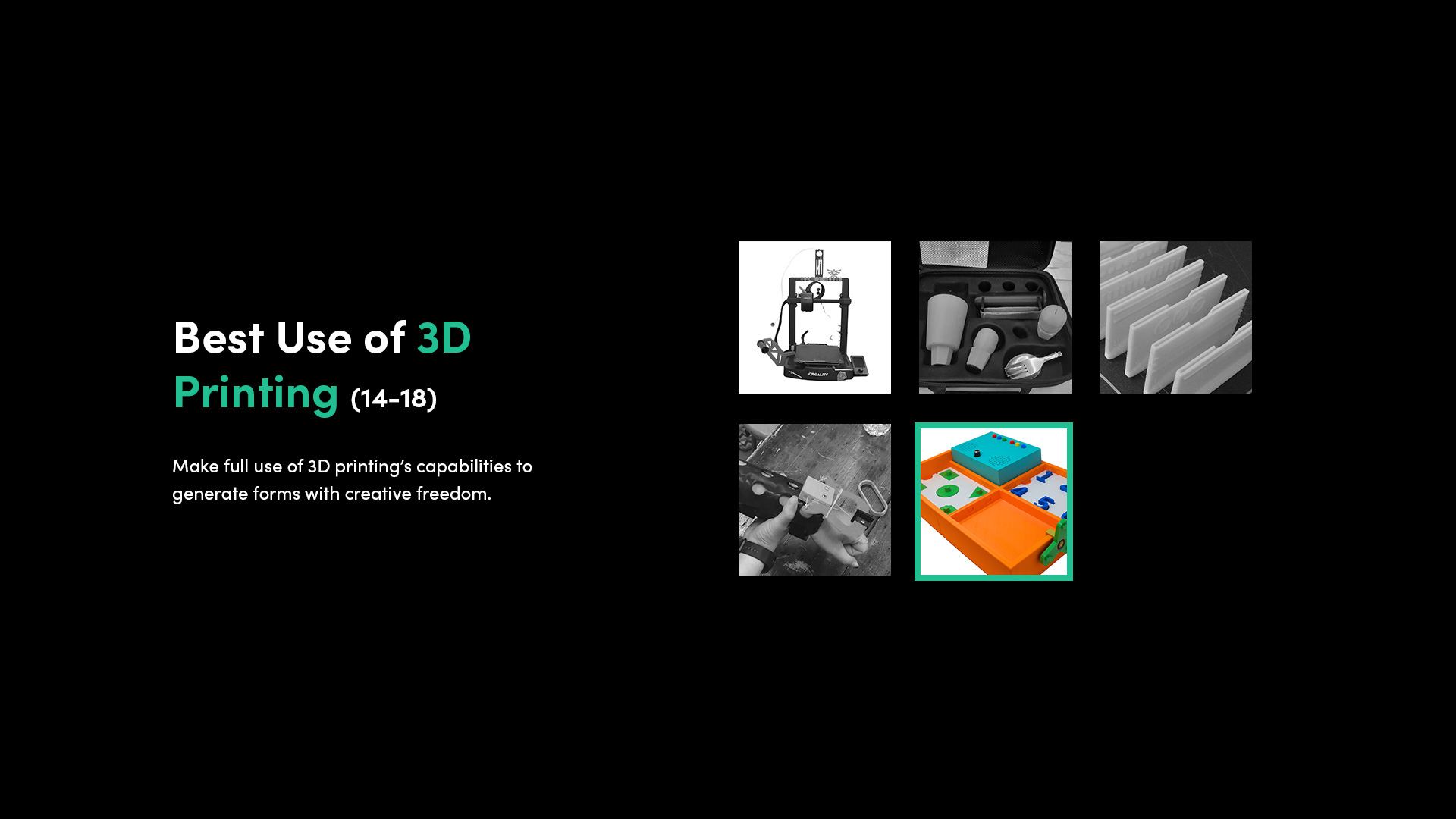
The winners of ‘Best Use of 3D Printing’ for the 14-18 age group is Team Cody from Union University Outreach (USA), who will receive an Original Prusa MINI+ Semi-assembled 3D Printer (from Prusa Research). Allison, Joseph, Mia and Van designed a tactile tray with activities for a blind community member. The tray also includes a button activated music player with his favorite songs.
View Submission
Best Use of 3D Printing (Over 18)
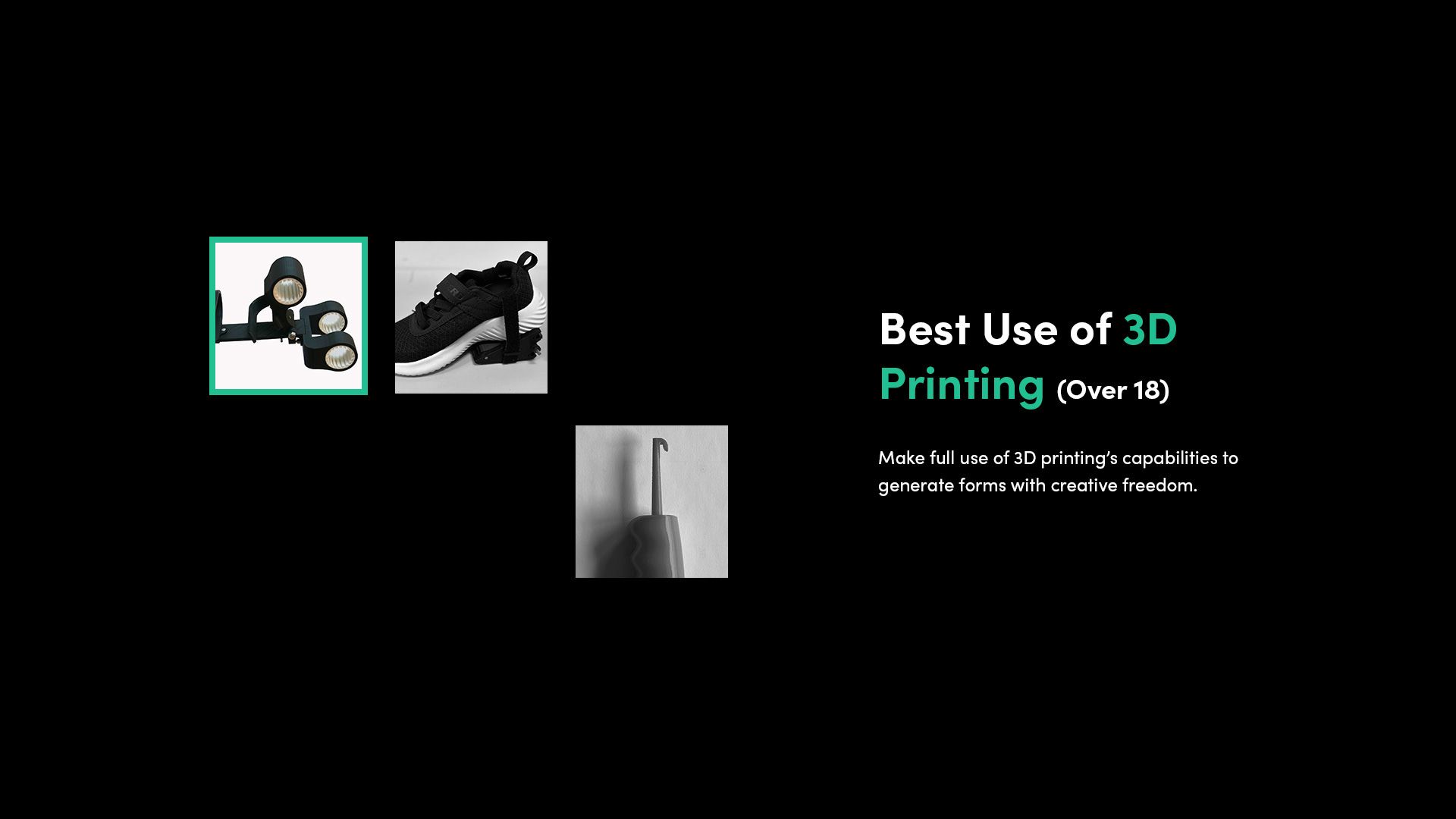
The winners of ‘Best Use of 3D Printing’ for the over 18 age group is Adam’s Team from Wroclaw University of Science and Technology (Poland), who will receive a $500 gift card (from Autodesk). Maja, Gosia, Robert, Krzesimir and Piotr designed an adjustable gripper for Adam, who faces the challenges of tetraplegia. At the heart of their design lies a mechanism ingeniously driven by wrist movement, offering him newfound independence.
View Submission
Best Showcase of Iterative Design (Under 14)
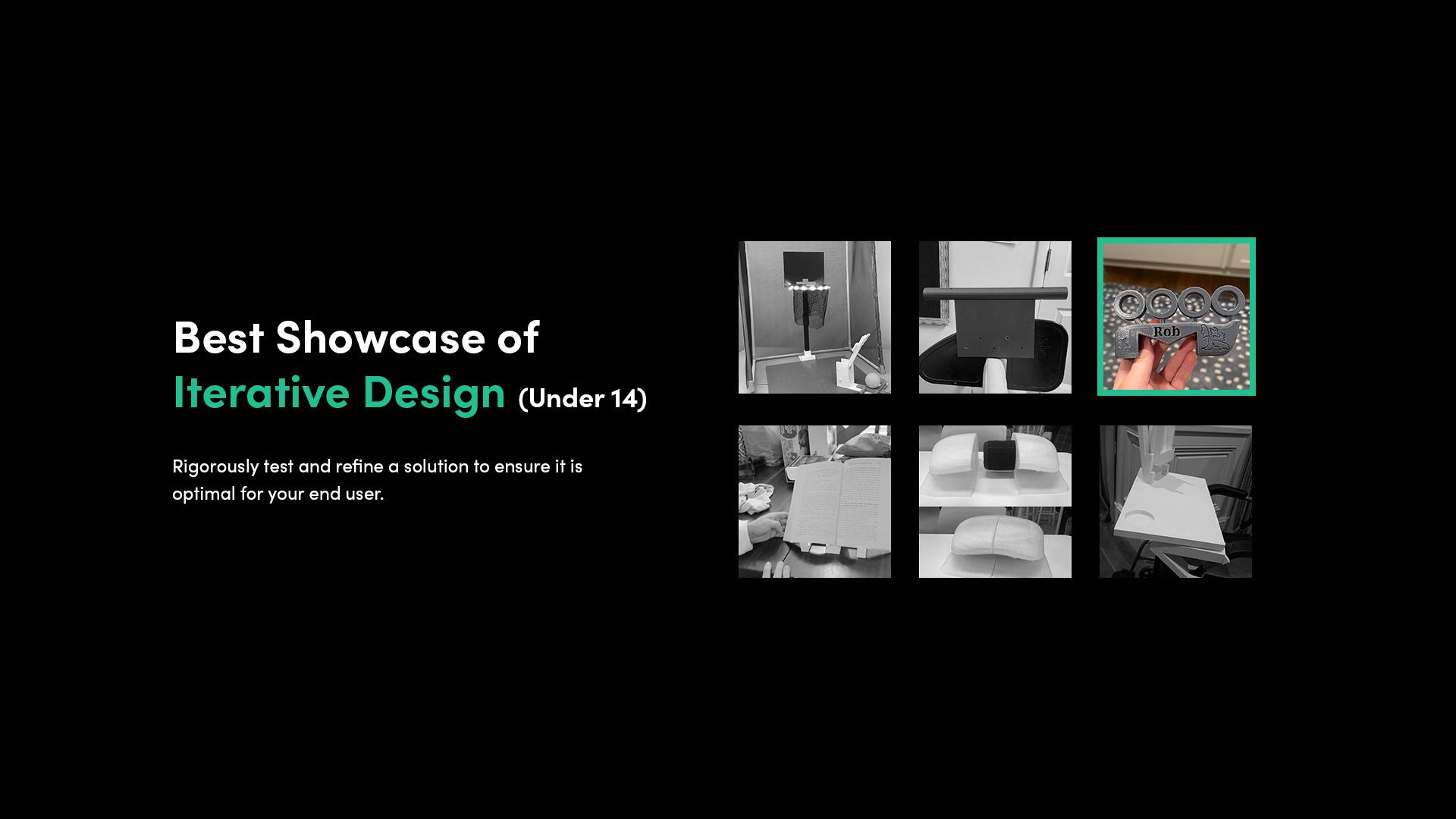
The winners of ‘Best Showcase of Iterative Design’ for the under 14 age group is Hottie Bugattis from Bellevue Christian School (USA), who will receive a Filamentive Filament Education Bundle (from Filamentive). Hana, Audrey, Alex, Bobby and Brad designed an interchangeable cuff device for their end user – allowing him to hold a range of utensils for eating.
View Submission
Best Showcase of Iterative Design (14-18)
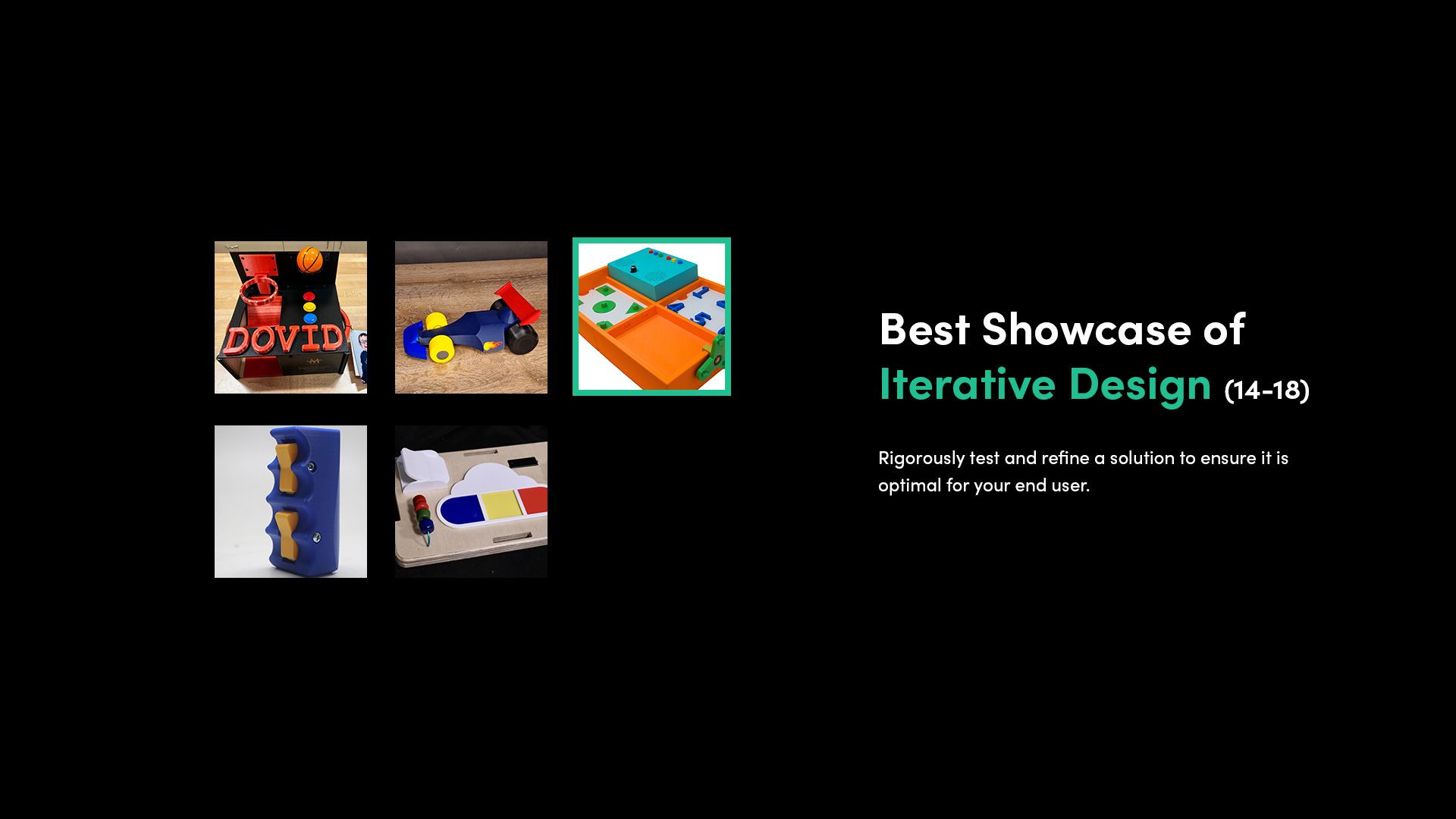
The winners of ‘Best Showcase of Iterative Design’ for the 14-18 age group is Team Cody from Union University Outreach (USA), who will receive a Filamentive Filament Education Bundle (from Filamentive). Allison, Joseph, Mia and Van designed a tactile tray with activities for a blind community member. The tray also includes a button activated music player with his favorite songs.
View Submission
Best Showcase of Iterative Design (Over 18)
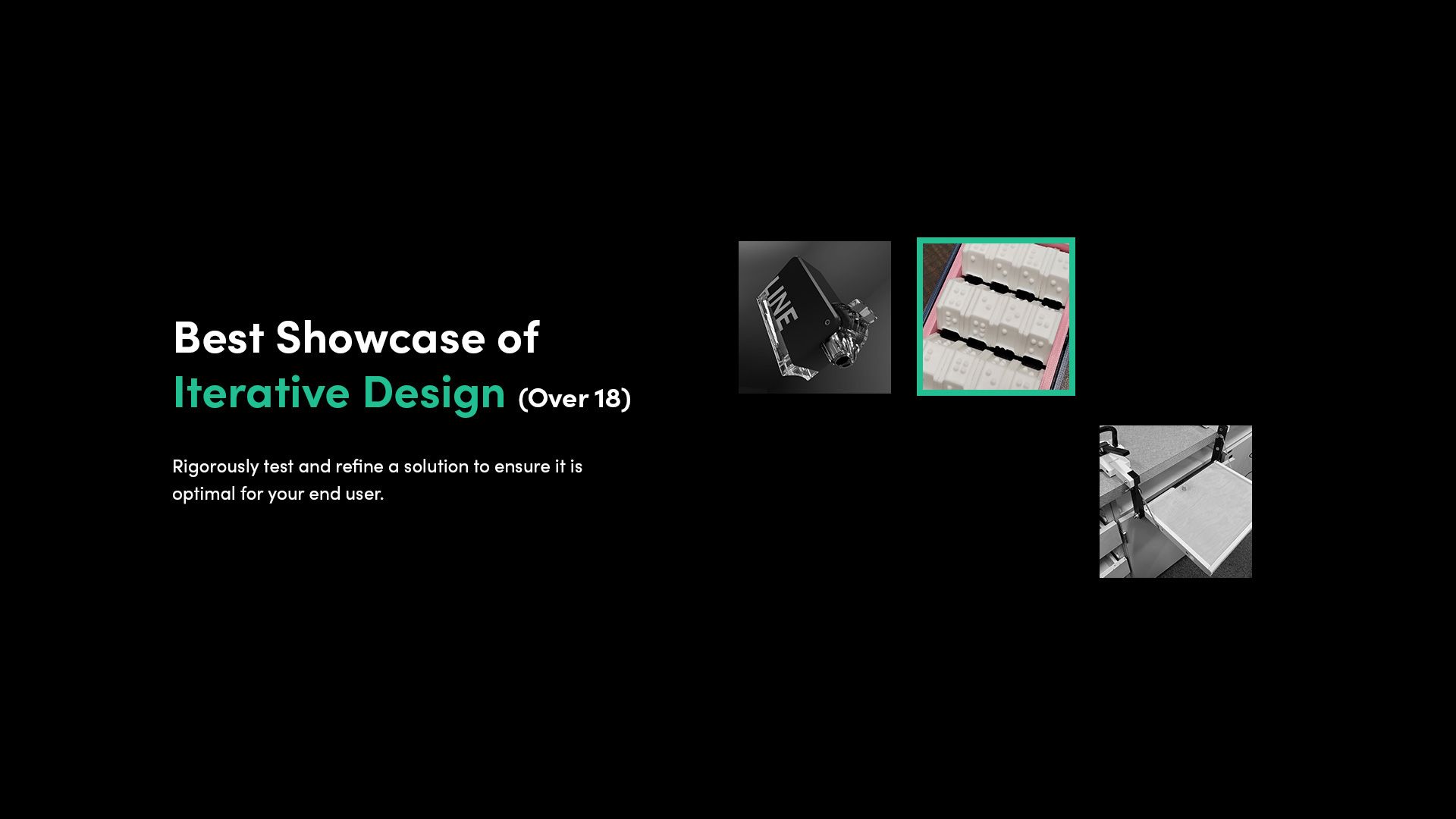
The winners of ‘Best Showcase of Iterative Design’ for the over 18 age group is Bullis Bulldog Bogglers from Bullis School (USA), who will receive a $500 gift card (from Autodesk). Luke, Grace and Sam designed a fully 3D printable braille version of the game Boggle. The device works by spinning the braille tiles, which are then locked in place by the lid and ready for gameplay.
View Submission
Join The Make:able Challenge
Looking to be part of the Make:able 2025 Challenge? Head over to the Make:able platform to learn more and sign up for free! **Please note that we will be releasing a challenge toolkit update in November 2024. The majority of the toolkit will remain the same but we will be adding in new resources. If you have any questions about the challenge, feel free to email hello@weareprintlab.com anytime!